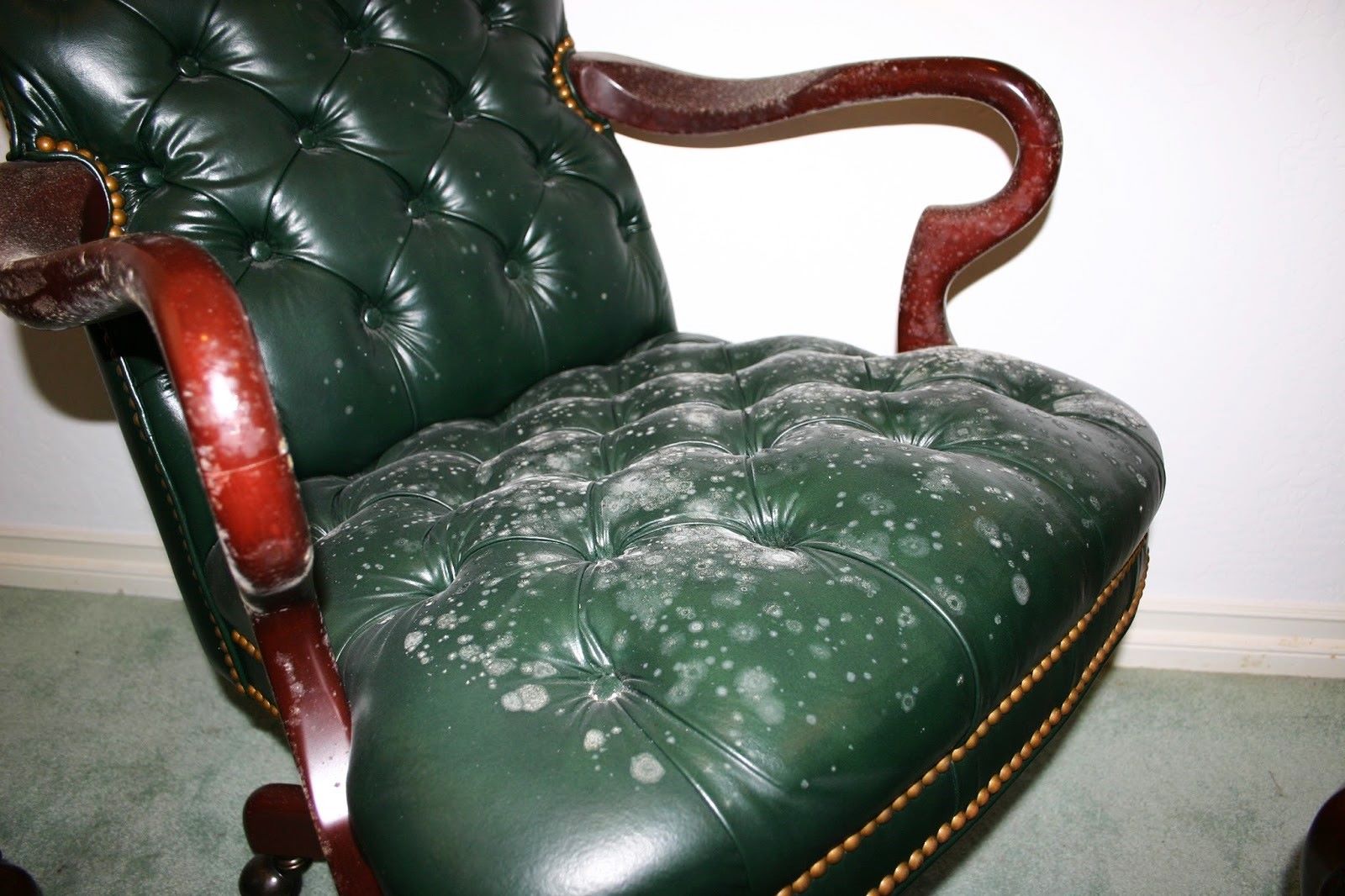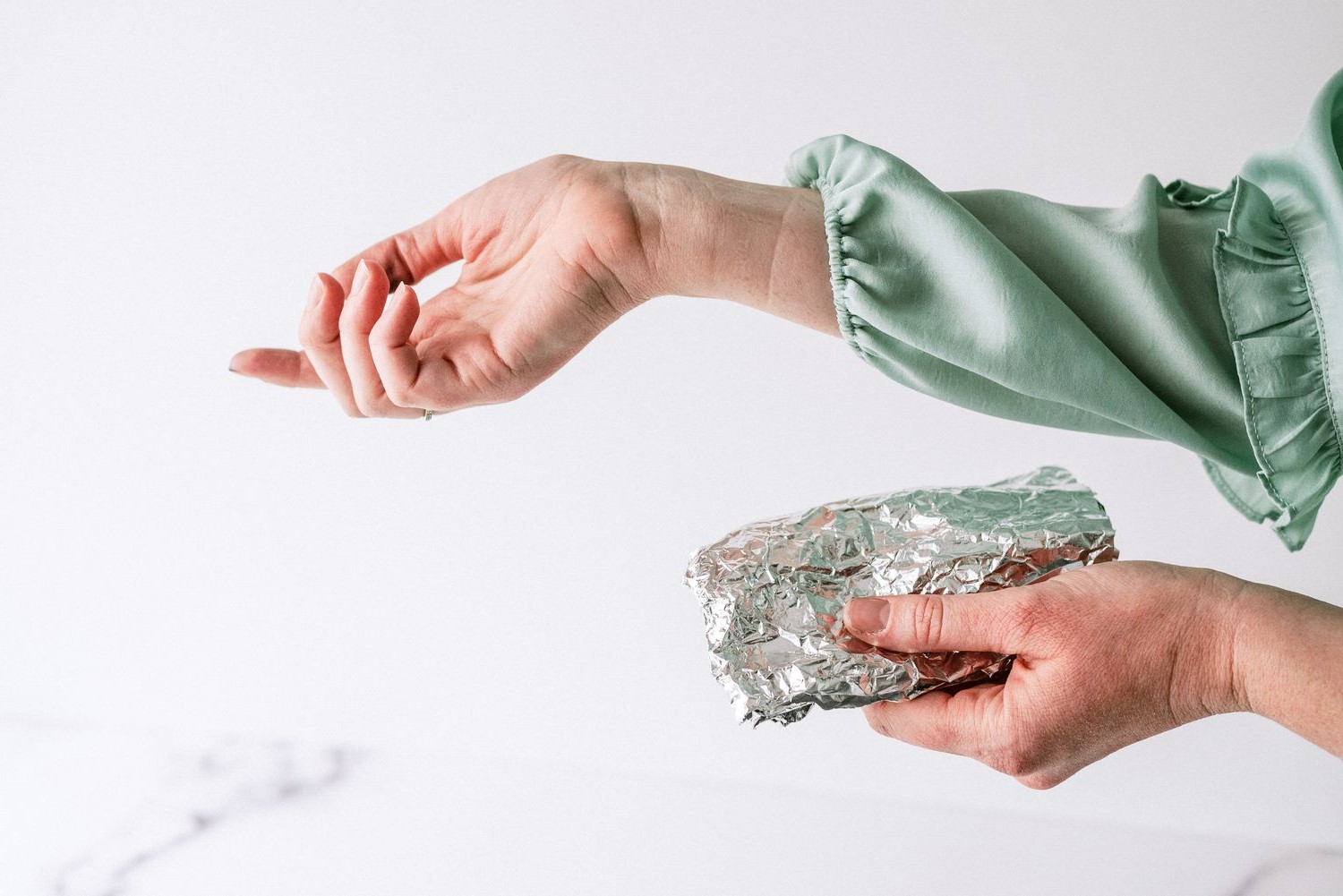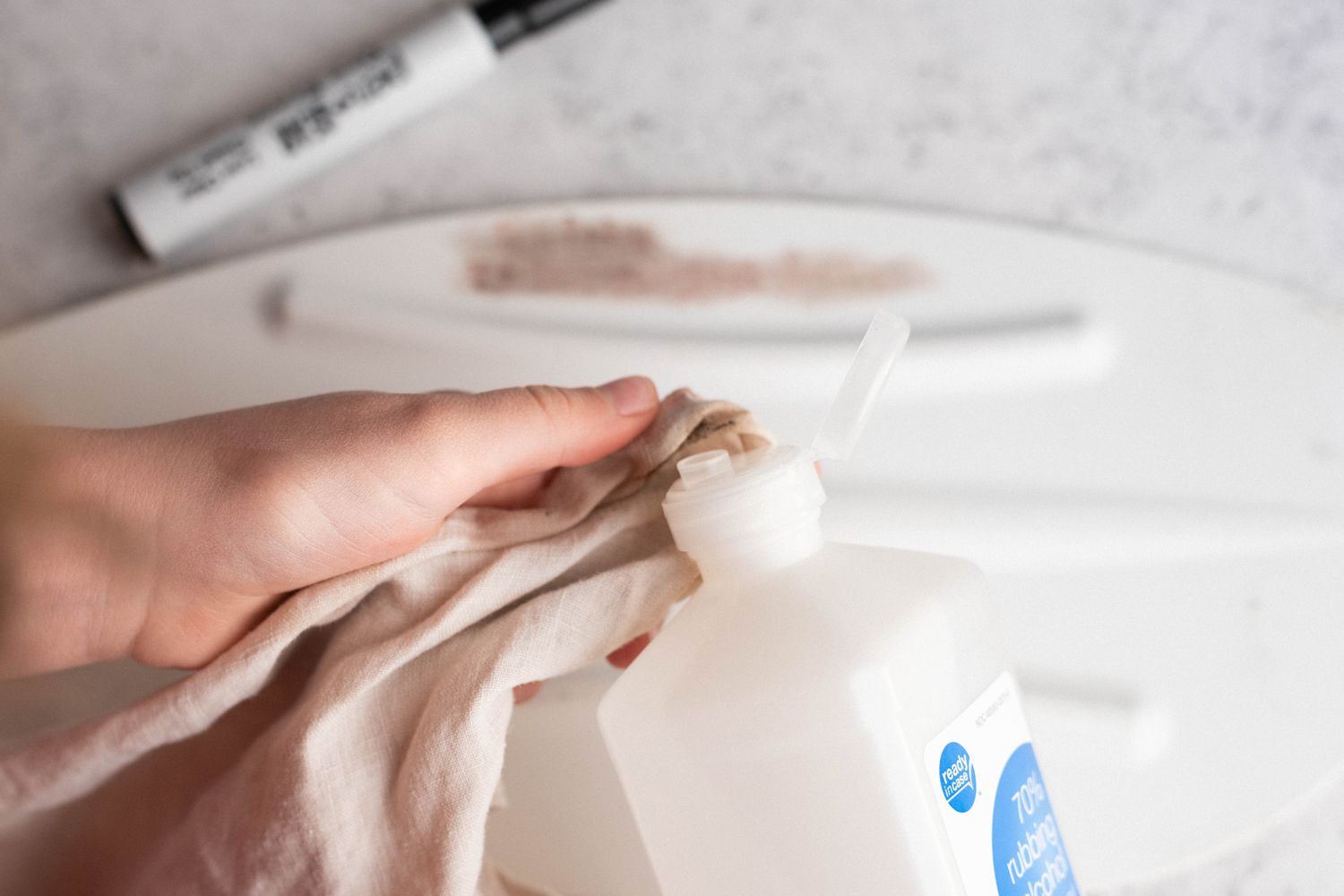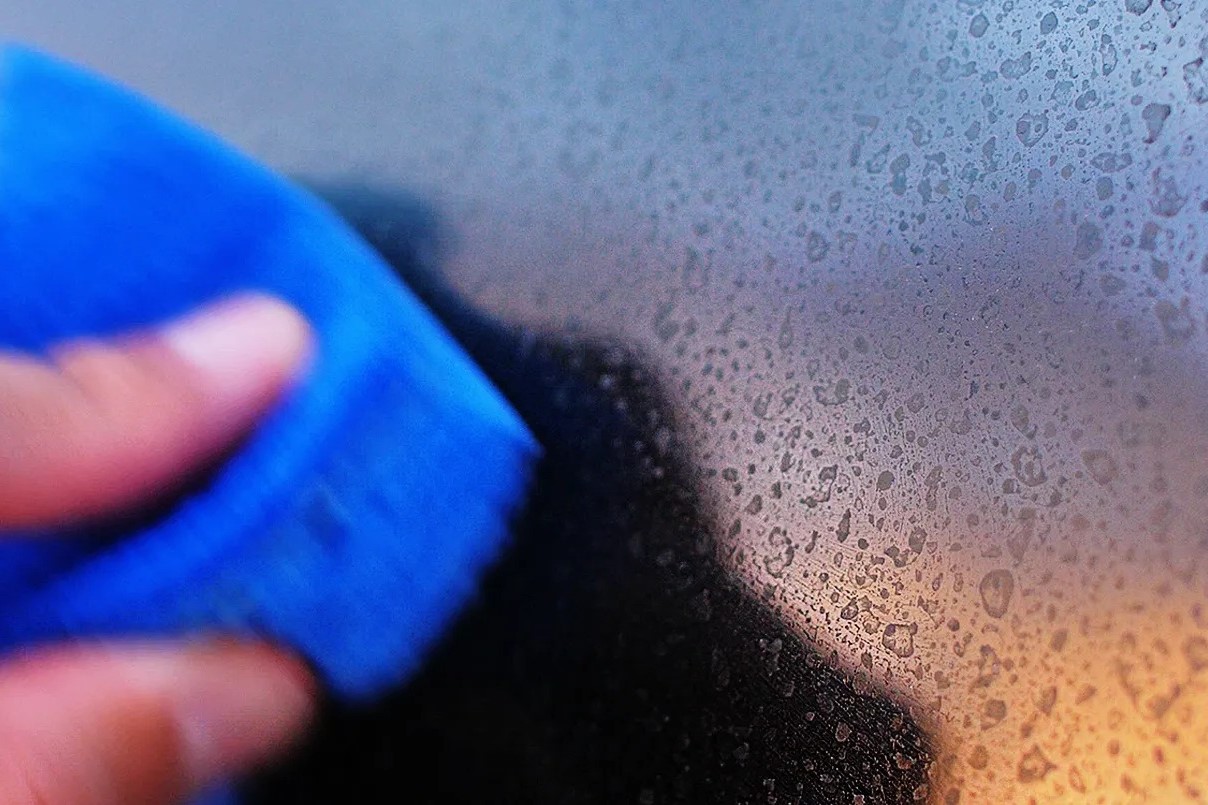Home>Food and Cooking>How To Remove Skin From Salmon
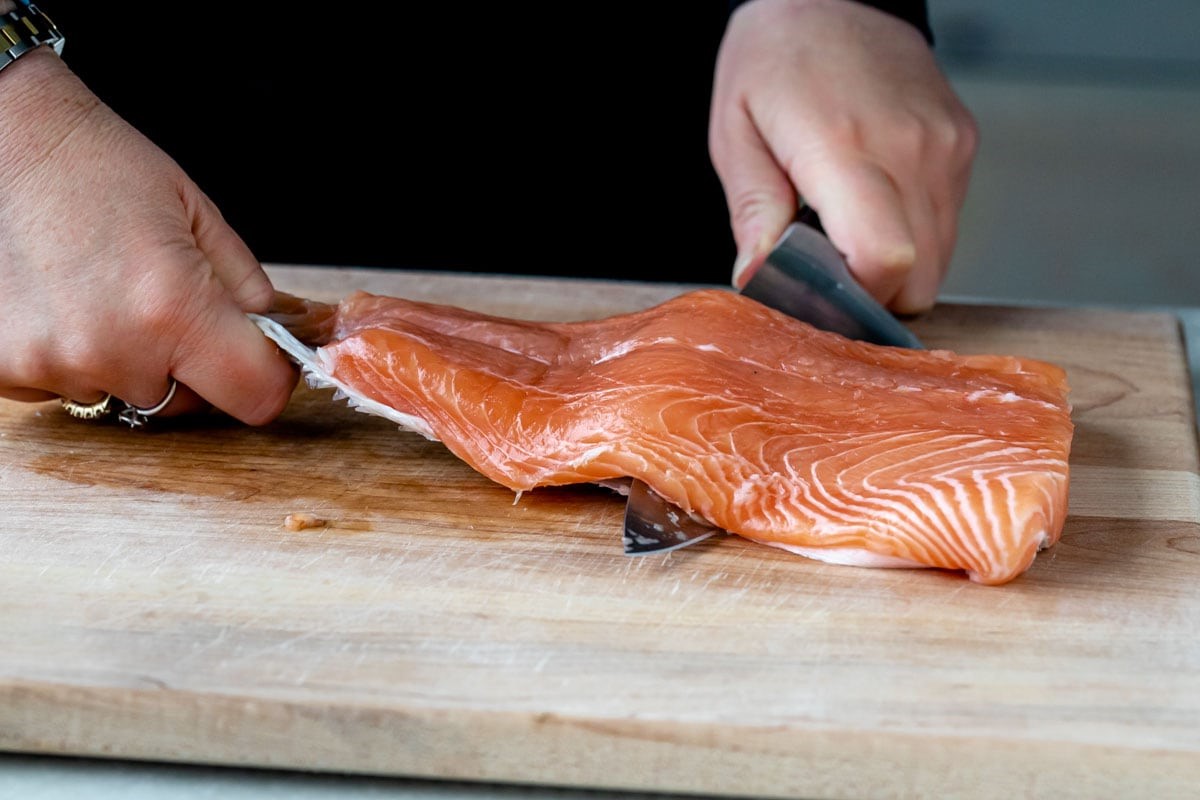

Food and Cooking
How To Remove Skin From Salmon
Published: February 25, 2024
Learn the best techniques for removing skin from salmon with our step-by-step guide. Perfect your food and cooking skills with our expert tips.
(Many of the links in this article redirect to a specific reviewed product. Your purchase of these products through affiliate links helps to generate commission for Noodls.com, at no extra cost. Learn more)
Table of Contents
Introduction
Salmon is a versatile and delicious fish that is enjoyed by many around the world. Whether you're a seasoned home cook or just starting out in the kitchen, learning how to remove the skin from salmon can elevate your culinary skills and open up a world of culinary possibilities. While some may find the task of skinning a salmon daunting, with the right tools, techniques, and a bit of practice, it can become a simple and rewarding process.
In this guide, we will walk you through the step-by-step process of removing the skin from salmon, providing you with the knowledge and confidence to tackle this culinary task with ease. By mastering this skill, you'll be able to prepare a wider variety of salmon dishes, from crispy-skinned fillets to tender, skinless portions that can be used in a myriad of recipes.
Whether you're looking to grill, bake, or pan-sear your salmon, knowing how to expertly remove the skin will give you the freedom to explore different cooking methods and flavor profiles. Additionally, by removing the skin, you can create a more refined dining experience, as the absence of skin allows for a delicate texture and a cleaner presentation on the plate.
So, roll up your sleeves, gather your tools and ingredients, and let's dive into the art of removing the skin from salmon. With a bit of practice and the guidance provided in this article, you'll soon be on your way to mastering this essential culinary skill.
Read more: How To Remove Rust From A Gun
Tools and Ingredients
Before embarking on the process of removing the skin from salmon, it's essential to gather the necessary tools and ingredients to ensure a smooth and efficient experience. Here's what you'll need:
Tools:
-
Sharp Fillet Knife: A high-quality, sharp fillet knife is crucial for precision and control when separating the flesh from the skin. The flexibility of the blade allows for seamless maneuvering around the contours of the fish, resulting in clean and even cuts.
-
Cutting Board: A stable and spacious cutting board provides a secure surface for working with the salmon. Opt for a board with a non-slip base to prevent any unnecessary movement during the skinning process.
-
Kitchen Towel or Paper Towels: Keeping a kitchen towel or paper towels nearby is useful for patting the salmon dry before and after skin removal. This helps ensure a better grip on the fish and promotes a cleaner, more efficient process.
-
Tweezers or Pliers (Optional): While not essential, having a pair of tweezers or pliers on hand can be helpful for removing any remaining pin bones from the salmon fillet after the skin has been removed.
Ingredients:
-
Fresh Salmon Fillet: Select a high-quality, fresh salmon fillet for the best results. Whether you prefer Atlantic, Chinook, Sockeye, or Coho salmon, ensure that the fillet is fresh, firm, and free from any off-putting odors.
-
Salt and Pepper: Simple seasoning with salt and pepper can enhance the natural flavors of the salmon. These basic ingredients can be used to season the fillet before or after the skin removal process, depending on your recipe and personal preference.
-
Olive Oil or Butter (Optional): Depending on your cooking method, you may choose to use a small amount of olive oil or butter to coat the salmon fillet before cooking. This can contribute to a flavorful and crispy finish, especially when preparing skinless salmon portions.
By having these tools and ingredients at your disposal, you'll be well-equipped to tackle the task of removing the skin from salmon with confidence and precision. With the stage set, let's move on to the step-by-step process of preparing the salmon for skin removal.
Step 1: Prepare the Salmon
Before diving into the process of removing the skin from the salmon, it's crucial to properly prepare the fillet to ensure a seamless and efficient skinning experience. Here's how to prepare the salmon for skin removal:
-
Inspect and Clean the Fillet: Begin by carefully inspecting the salmon fillet for any remaining scales, pin bones, or residual skin fragments. Using a pair of clean tweezers or pliers, gently remove any pin bones that may be protruding from the flesh. This meticulous step ensures that the fillet is free from any unwanted elements that could hinder the skin removal process.
-
Rinse and Pat Dry: Once the fillet has been inspected and any impurities have been removed, rinse it under cold water to eliminate any lingering debris. After rinsing, gently pat the fillet dry with a kitchen towel or paper towels. Ensuring that the fillet is thoroughly dry is essential for promoting a better grip and control during the skinning process.
-
Season the Fillet (Optional): At this stage, you may choose to season the salmon fillet with a sprinkle of salt and pepper, enhancing its natural flavors. Alternatively, if you plan to incorporate other seasonings or marinades into your recipe, this is the opportune moment to apply them to the fillet. Seasoning the salmon before skin removal allows the flavors to infuse into the flesh, resulting in a well-seasoned final product.
-
Trim the Fillet (Optional): Depending on your recipe or personal preference, you may opt to trim the salmon fillet to achieve a specific shape or portion size. Using a sharp knife, carefully trim any uneven edges or excess portions of the fillet to create a uniform and visually appealing piece of fish. This step is particularly useful if you intend to present the salmon in a precise manner or if you prefer evenly portioned fillets for cooking.
By meticulously preparing the salmon fillet through inspection, cleaning, drying, and optional seasoning and trimming, you set the stage for a successful skin removal process. With the fillet now primed and ready, you're one step closer to mastering the art of removing the skin from salmon and unlocking a world of culinary possibilities.
Read more: How To Defrost Salmon
Step 2: Remove the Skin
With the salmon fillet expertly prepared, it's time to focus on the pivotal step of removing the skin. This process requires precision and patience to ensure the skin is separated from the flesh with finesse. Here's a detailed guide on how to remove the skin from the salmon fillet:
-
Secure the Fillet: Place the prepared salmon fillet on a stable cutting board, ensuring that it is positioned securely to prevent unnecessary movement during the skin removal process. If needed, use a damp kitchen towel or paper towels underneath the fillet to provide additional stability.
-
Start at the Tail End: Using a sharp fillet knife, begin at the tail end of the fillet. With a gentle yet firm grip, insert the blade between the skin and the flesh at a slight angle, ensuring that the knife is positioned close to the skin to minimize wastage of the flesh.
-
Smooth and Even Motion: With a smooth and steady motion, guide the knife along the length of the fillet, maintaining a slight angle to ensure that the skin is being separated cleanly from the flesh. The flexibility of the fillet knife allows for precise maneuvering, resulting in a clean separation without excessive loss of flesh.
-
Apply Controlled Pressure: As you progress along the fillet, apply controlled pressure to guide the knife and maintain a consistent separation between the skin and the flesh. It's essential to exercise patience and avoid rushing this process to achieve a clean and even removal of the skin.
-
Adjust for Contours: As you approach the mid-section of the fillet, be mindful of any contours or variations in thickness. Adjust the angle and pressure of the knife as needed to accommodate these variations, ensuring that the skin is being cleanly lifted away from the flesh without leaving behind any residual skin fragments.
-
Final Release: Once you reach the opposite end of the fillet, continue to guide the knife until the skin is completely separated from the flesh. With a gentle tug, lift the skin away from the flesh, revealing the pristine, skinless salmon ready for your culinary endeavors.
By following these meticulous steps and exercising precision and patience, you can expertly remove the skin from the salmon fillet, setting the stage for a myriad of culinary creations. Whether you're preparing skinless fillets for a delicate presentation or seeking to explore diverse cooking methods, mastering this skill opens up a world of culinary possibilities. With the skin successfully removed, you're now equipped to proceed with the final touches and tips to enhance your culinary journey with salmon.
Step 3: Final Touches and Tips
With the skin successfully removed from the salmon fillet, there are a few final touches and valuable tips to consider as you embark on your culinary journey with this versatile fish.
1. Inspect for Residual Skin Fragments:
After removing the skin, carefully inspect the flesh of the salmon to ensure that no residual skin fragments remain. Using clean kitchen tweezers or your fingers, gently feel along the surface of the fillet to detect and remove any small pieces of skin that may have been left behind during the skinning process. This meticulous step ensures that your skinless salmon fillet is pristine and ready for cooking or further preparation.
2. Utilize the Skin for Broth or Crispy Treats:
While the focus of this guide is on removing the skin from the salmon fillet, it's worth noting that the skin itself can be repurposed in various culinary applications. If you're an adventurous cook, consider using the salmon skin to create a flavorful broth or stock, adding depth and richness to soups, stews, or risottos. Additionally, the skin can be transformed into crispy salmon skin treats by seasoning and crisping it in the oven, offering a delightful snack or garnish for your dishes.
Read more: How To Remove Stickers From Car
3. Explore Cooking Methods:
With a skinless salmon fillet at your disposal, consider exploring a range of cooking methods to showcase the natural flavors and versatility of the fish. Whether you opt for pan-searing, grilling, baking, or poaching, the absence of skin allows for greater flexibility in achieving desired textures and flavors. Experiment with different seasonings, marinades, and accompaniments to create diverse and delectable salmon dishes that cater to your culinary preferences.
4. Enhance with Seasonings and Marinades:
Before proceeding with your chosen cooking method, take the opportunity to enhance the salmon fillet with seasonings or marinades. Whether you prefer a simple seasoning of salt and pepper, a zesty citrus marinade, or a fragrant herb-infused rub, allowing the fillet to absorb these flavors can elevate its taste profile and contribute to a memorable dining experience.
5. Embrace Creativity and Culinary Exploration:
Removing the skin from the salmon opens the door to a world of culinary creativity and exploration. Whether you're a seasoned home cook or an adventurous novice, embrace the opportunity to experiment with different flavor combinations, cooking techniques, and presentations. From elegant dinner entrees to casual lunchtime delights, the skinless salmon fillet invites you to unleash your creativity and culinary prowess.
By embracing these final touches and valuable tips, you can maximize the potential of your skinless salmon fillet, creating memorable dishes that delight the senses and elevate your culinary repertoire. With the skin successfully removed and these insights in mind, you're well-equipped to embark on a flavorful and rewarding culinary journey with salmon.
Conclusion
In mastering the art of removing the skin from salmon, you have acquired a valuable culinary skill that opens the door to a myriad of gastronomic possibilities. By meticulously preparing the salmon fillet, exercising precision in skin removal, and embracing the final touches and tips, you have unlocked the potential to create exquisite salmon dishes that captivate the palate and elevate your culinary repertoire.
With the skin successfully removed, you now possess the flexibility to explore diverse cooking methods, from pan-searing and grilling to baking and poaching, each offering a unique avenue to showcase the natural flavors and textures of the salmon. The absence of skin allows for greater control over the cooking process, enabling you to achieve delicate, flaky textures and infuse the fillet with a myriad of seasonings and marinades to suit your culinary preferences.
Furthermore, the journey of removing the skin from salmon extends beyond the mere act of separation. It invites you to embrace creativity and culinary exploration, encouraging you to experiment with innovative flavor combinations, presentations, and repurposing of ingredients. Whether you choose to repurpose the salmon skin for flavorful broths or transform it into crispy treats, the culinary landscape is rich with opportunities to infuse your personal touch and creativity into each dish.
As you venture into the realm of skinless salmon preparations, remember that attention to detail, patience, and a spirit of culinary adventure will serve as your guiding companions. Whether you're aiming to create an elegant dinner centerpiece or a casual yet delectable lunchtime indulgence, the skinless salmon fillet empowers you to craft memorable dining experiences that leave a lasting impression.
In conclusion, the journey of removing the skin from salmon transcends the realm of culinary technique; it embodies the spirit of culinary artistry and the joy of creating exceptional dishes that resonate with flavor, elegance, and creativity. With this newfound skill, you are poised to embark on a flavorful and rewarding culinary odyssey, where each skinless salmon fillet becomes a canvas for your culinary expression and a centerpiece for memorable dining experiences. Embrace the journey, savor the process, and delight in the culinary masterpieces that await as you harness the art of removing the skin from salmon.
